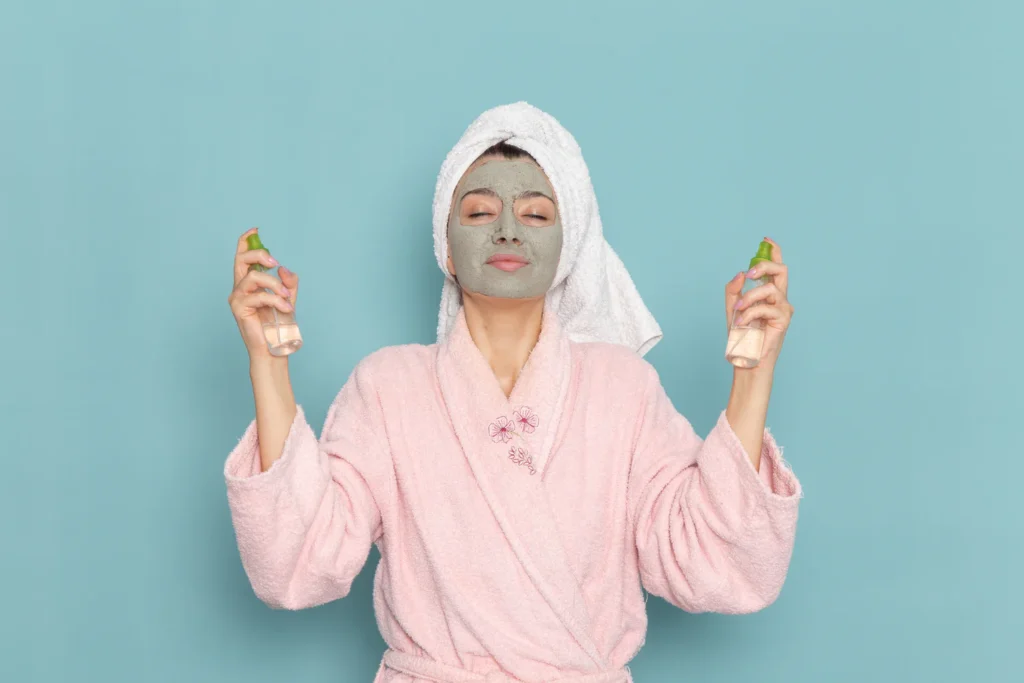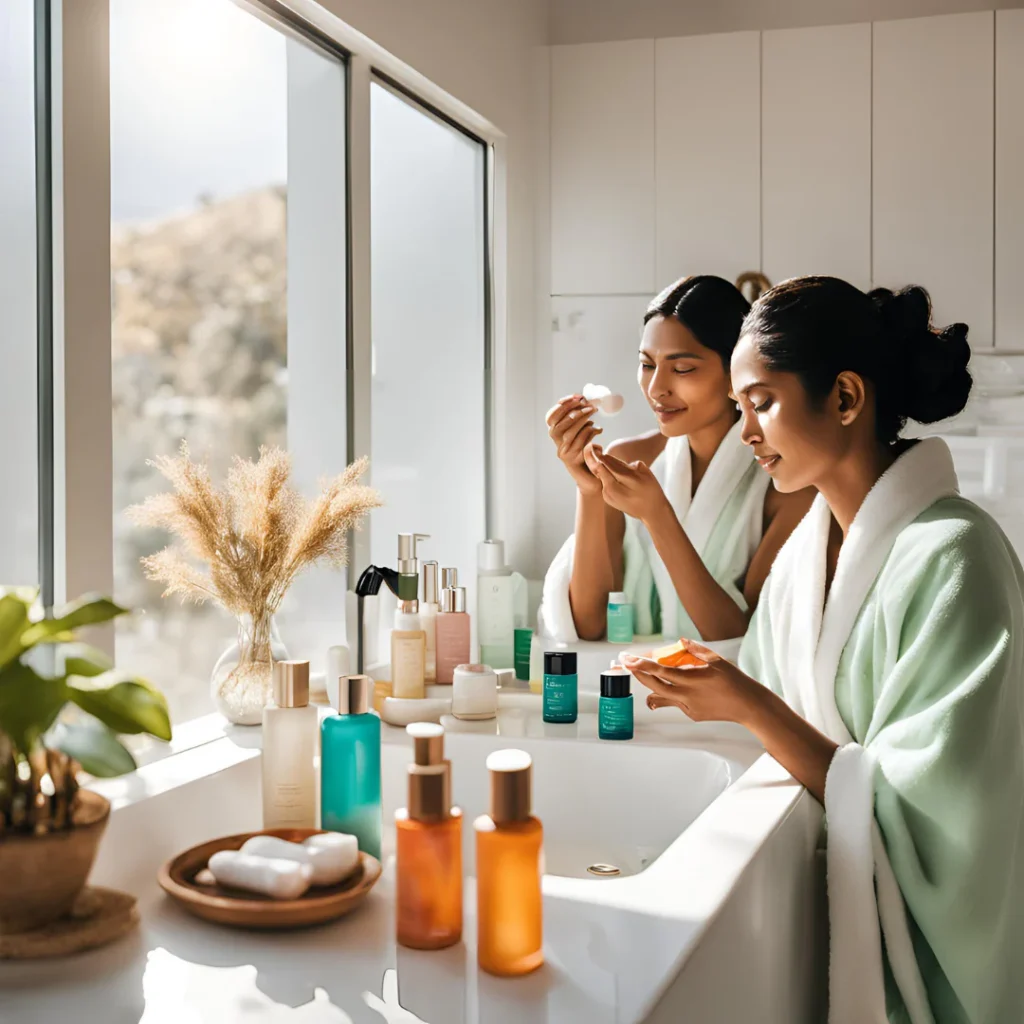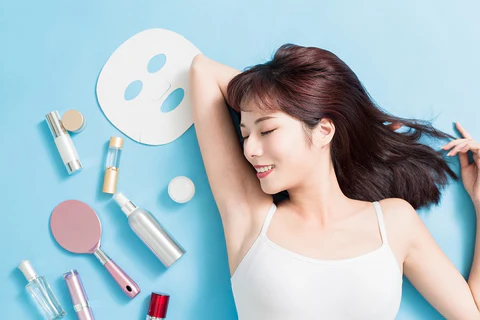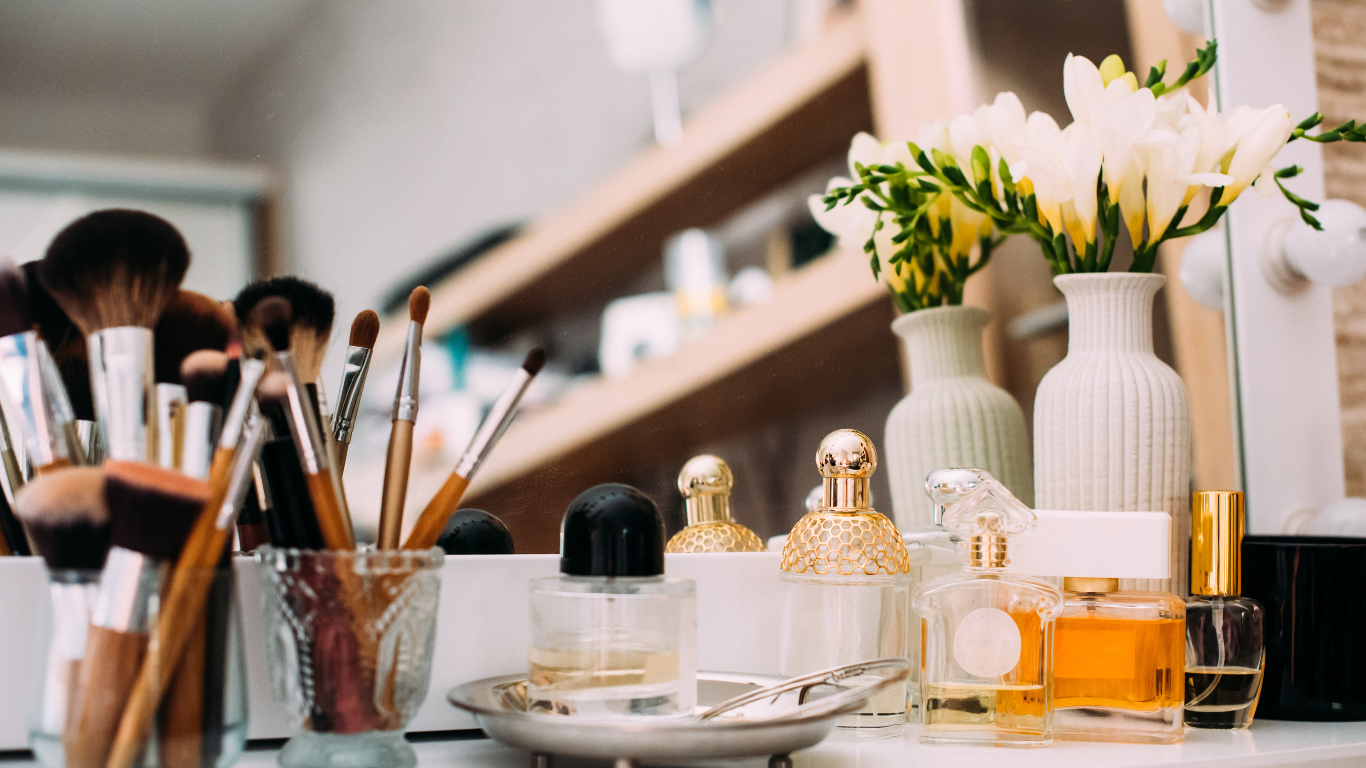If you are a beauty enthusiast, then you probably already know about the Korean and Japanese skin care rituals. The two skin care rituals have conquered the world and opened millions of eyeballs to their strange way of pampering one self’s complexion. Is it the Japanese skin care routine, with its spare and long-term indulgence, or the Korean skin care routine, with its multi-step consumerism? Both provide healthy, radiant skin. But so many similarities—and differences—how do you know what to use?

Here, within this blog post, we are comparing Korean vs Japanese skin care controversy, product type, ingredients, and philosophies, and taking you through the process of how to choose what will work for your own skin issues. Based on the complexity of it all, you will also be indicated where to find the best Japanese beauty products, even for those who need Japanese skin care products India.
Philosophy and Method: Less is more
Japanese Skincare: Beauty in Simplicity
Prevent, keep it simple, and healthy skin in the long term. Ancient rituals and contemporary dermatology, gentle skincare with established ingredients.
Generally 4 to 6 steps.
Created to hydrate, cleanse, and protect.
Best for users who prefer simple routines.
Employing natural ingredients like rice bran, green tea, and algae.
Japan’s skincare philosophy is identical to that of its own personality—calm, even, and meaningful. Rather than focusing on surface trends, Japanese skincare companies would rather have meaningful recipes that are soft but active. The majority of devoted clients to this practice like its soft but effective impact in the long term, and it is appropriate for mature or sensitive Japan skin clients.
Their popularity has also made them comparatively cheap all over the world. Now, you could buy Japanese skin care products in India from internet stores, so J-beauty reaches more people.
Korean Skincare: Experimentation and Innovation
On the other hand, Korean skincare is experimentation, testing, and healing. It’s changing and developing second by second with the booming beauty economy and constant innovation.
Typically 7 to 10 steps.
Objective is to pile light-textured products in clusters.
I addresses certain skin concerns like acne, dullness, and aging.
Features:
New ingredients like snail mucin, fermented rice, and centella asiatica.
Korean skincare ritual enthusiasts love the flexibility to adjust their steps according to what their skin needs on that particular day. No pores? Add a toner containing witch hazel to the routine. More balanced tone? Add a vitamin C serum into the routine. Dehydration? Use a moisturizing ampoule and sleeping pack. Such personalization is one of the main draws of K-beauty.
Step-by-Step Routine Guide: Things to Note
Average Japanese Skincare Routine
Oil Cleanser – Breaks down dirt and make-up.
Foaming Cleanser – Removes penetration gently.
Softener or Lotion – Pre-treatment moisturiser (not astringent).
Emulsion or Serum – Treatment layers or light moisturisers.
Cream – Locks in the moisture and moisturises the skin barrier.
Sunscreen – Most critical day-time step for Japan skins.
The majority of Japanese cosmetics are commonly used due to their pH-balanced, fragrance-free, and hypoallergenic nature and hence safe to use over a long term. The crème de la crème of Japan’s best skin care brands are Hada Labo, SK-II, and DHC. These have been cited as being among the best performing and cleanest of Japanese cosmetics.

Old School Korean Skincare Routine
Oil-Based Cleanser
Water-Based Cleanser
Exfoliator (2-3 times a week)
Toner
Essence
Serum/Ampoule
Sheet Mask
Eye Cream
Moisturizer
Sunscreen
This demanding routine allows for multiple issues to be tackled at once, from dehydration and discoloration to aging. Layering is the hallmark of Korean skincare, and when applied daily, achieves that enviable jealously coveted “glass skin” appearance—glowing, even-toned, and luminous.
Ingredients: Nature Meets Science
Japanese Skincare Ingredients
Japanese treatment is frequently all about clean, active ingredients such as:
Rice Bran – Lightens and hydrates skin.
Green Tea – Full of antioxidants.
Seaweed and Algae – Hydrate and cleanse.
Ceramides – Restore the barrier of the skin.
They are all mostly found in some of the best Japanese beauty products, which restore and calm at the same time without any kind of irritation on the skin. Korean skincare is thus totally perfect for dry, sensitive, and wrinkly skin.
Korean Skincare Ingredients
K-beauty is all famous for accomplishing the impossible when it comes to skin care. Ingredients employed are as follows:
Snail Mucin – Sunbeats and hydrates.
Centella Asiatica – Soothes redness and inflammation.
Niacinamide – Bestows glow and balances complexion.
Ginseng – Revitalizes and combats signs of aging.
As Korean products are formulated to be thin, they settle nicely without pore congestion, therefore ideal for oily or acne skin types. Next-generation players with high concentrations of active ingredients are COSRX, Innisfree, and Missha.
Product Innovation and Availability
Where Japanese and Korean beauty part ways is how innovation is approached. Japanese companies like a minimalist approach with revamps—simplifying recipes that have been around for centuries. Korean skin care is crazed with innovation at full speed, producing new recipes that are trying to keep pace with what is trendy.
Availability levels, Korean skin care routine are increasingly more sought after and in demand all over the world. As more people demand Japanese skin care too in India, J-beauty has also now started gaining momentum and is now widely available.
Should you desire the best Japanese cosmetic or the newest K-beauty, then there is never a more opportune moment to surf over the products available available in skincare in both nations.

Final Thoughts: Why Not Both
Other than fantasy, the fight between Korean and Japanese dermatologists as far as skincare is concerned is not a fight to fight. It is more a matter of switching and interchanging each other’s best—Japanese skin care cleanser and sunblock, then applying a Korean essence or serum, for instance. The secret is discovering products that are most compatible with your skin and lifestyle.
Whether you’re fascinated by the alien beauty of Japanese skin care or Korean beauty’s performance craziness, they are both handy. To realize that accepting their differences will help you create a routine that will give your skin its best.
venture both worlds, scoop the best of Japanese skin care routine, and dare to make the leap of faith on K-beauty new tech. Good skin, truly, is not a trend—it’s about consistency, taking care, of what works for you.
